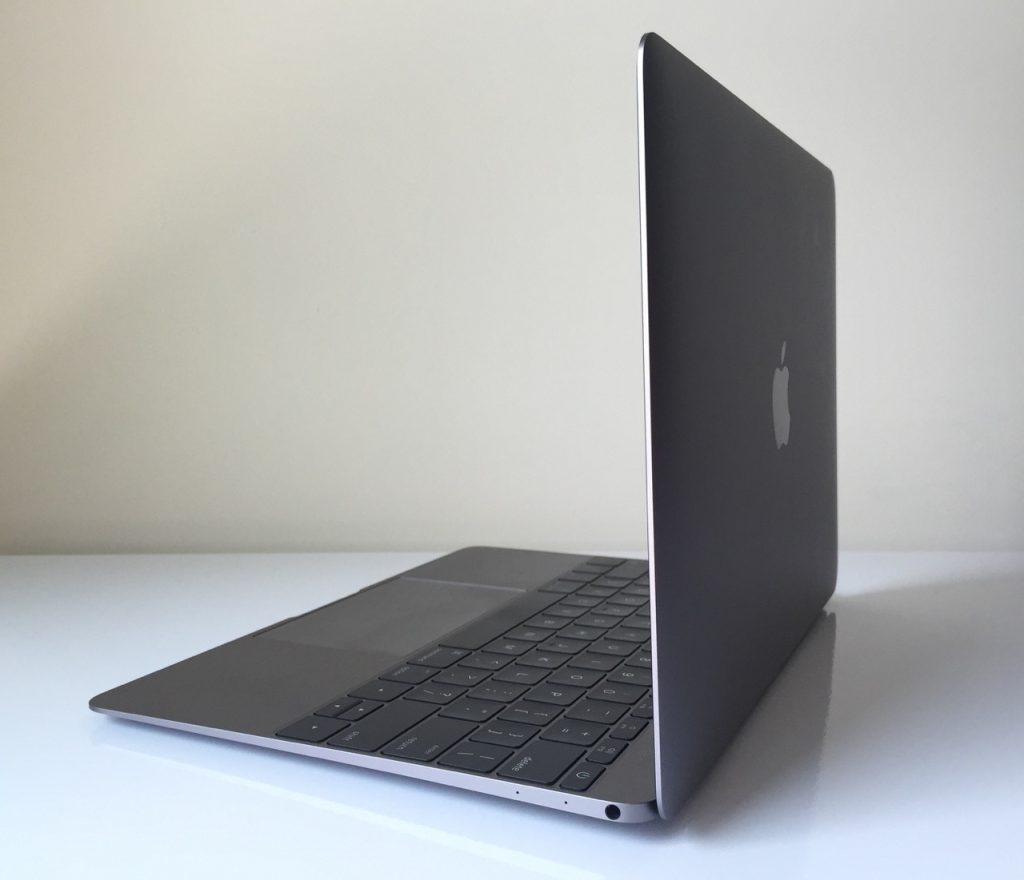
Apple Watch isn’t the only product turning 10 this month. A decade ago, Apple released the 12-inch Retina MacBook, the company’s most futuristic and misunderstood machine.
At $1299, the 12-inch MacBook carried a premium over the more capable MacBook Air.
In 2015, this MacBook was Apple’s first USB-C product. It featured a single port for data and charging on the left, and a headphone jack on the right. The cheaper MacBook Air had two USB 3 ports, Thunderbolt, MagSafe, an SD Card slot, and a headphone jack.
The I/O choice is still viewed as radical today, but it’s really no different than an iPad. Apple sold two adapters: one to convert USB-C to USB-A, and another to turn the single USB-C port into HDMI, USB-A for data, and USB-C for charging.

Compared to the MacBook Air, the 12-inch MacBook had Retina display resolution, twice the base storage from 128GB to 256GB and double the base RAM from 4GB to 8GB, and in a thinner and lighter design with no fan.
The MacBook Air outsold the 12-inch MacBook, but the two machines never competed with the same set of specs and price. Base model MacBook Air configurations probably outsell upgraded models too.
In terms of processing power and ports, the MacBook lost to the MacBook Air, but that wasn’t the point. It was a full-blown Mac that rivaled the iPad in portability. A decade later, the iPad with a keyboard and trackpad case is still bulkier and clunkier than the 12-inch MacBook.
Compute performance didn’t matter for light workloads, but battery life did. I recall averaging under five straight hours of continuous usage between charges. Apple silicon solves for both performance and battery life today.

But the real fatal flaw of the 12-inch MacBook came down to the keyboard. The typing experience was as radically different as the I/O choice, but it was still a physical keyboard that worked — until it didn’t work, of course.
The butterfly keyboard switch mechanism replaced Apple’s traditional scissor switch design. Years of revisions, repairs, and remarkably unreliable keyboards on every Apple laptop followed.
Today Apple manages to ship scissor switch keyboards in super thin Magic Keyboard iPad cases that continue to work even when exposed to tiny dust particles. Like battery life and performance with Apple silicon, the keyboard situation is a solved problem.

Yet there’s nothing remotely like the 12-inch MacBook today. Apple discontinued it after a few processor revisions in 2019. Maybe some of the magic of its ultra thin design would be lost if the wedge shape was replaced with a uniform slab of aluminum like the MacBook Air.
Despite its still-futuristic design, the 12-inch MacBook that shipped between 2015 and 2019 would be awfully painful to use today. So is most hardware from the previous decade. But, wow, was it an awesome design that remains unbeatable a decade later.
FTC: We use income earning auto affiliate links. More.




